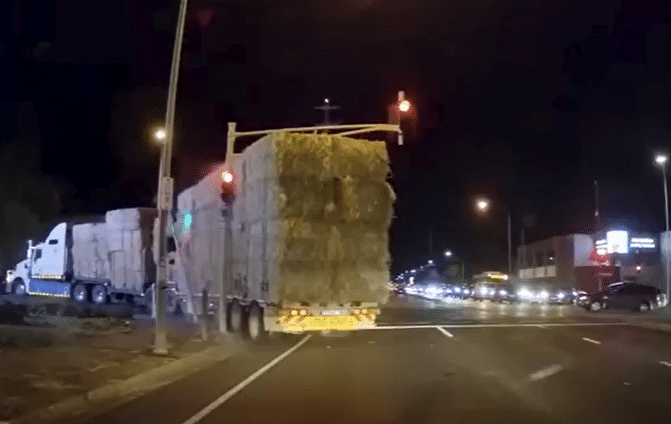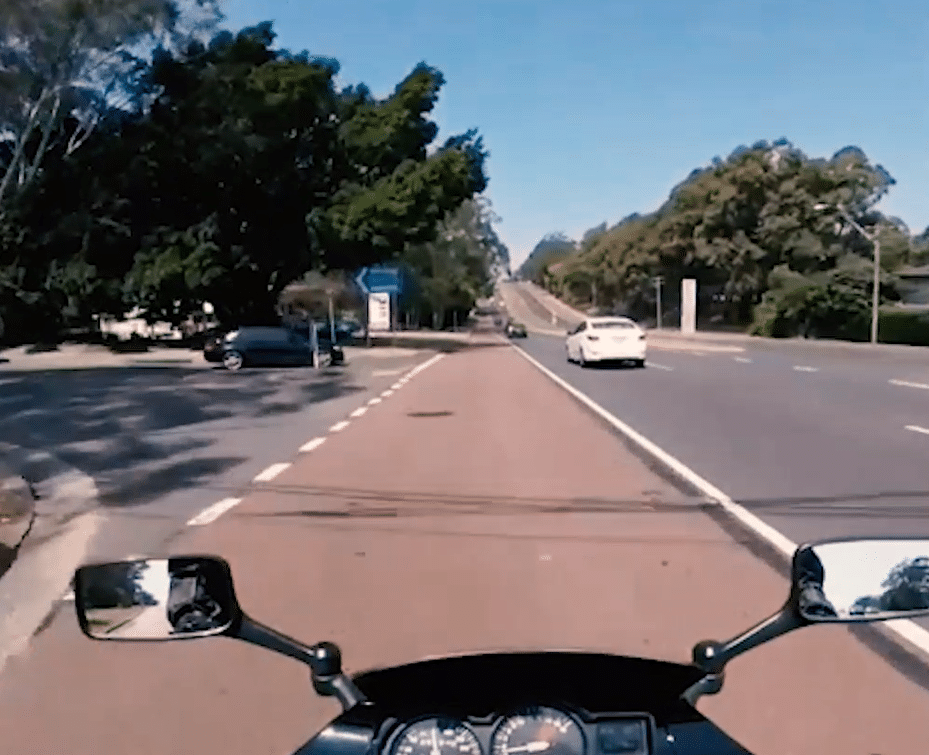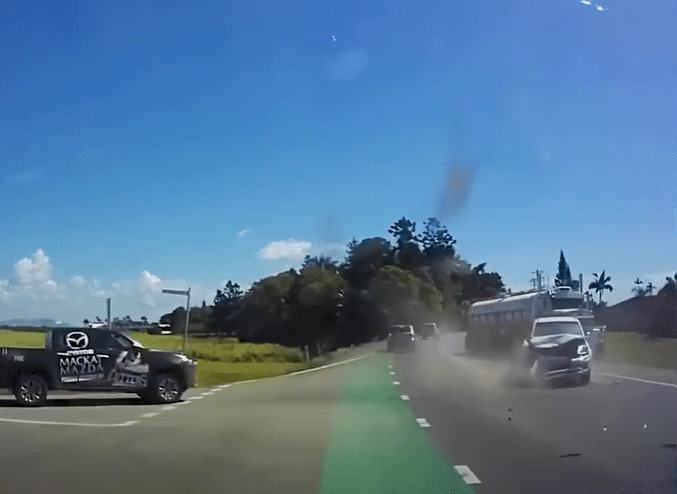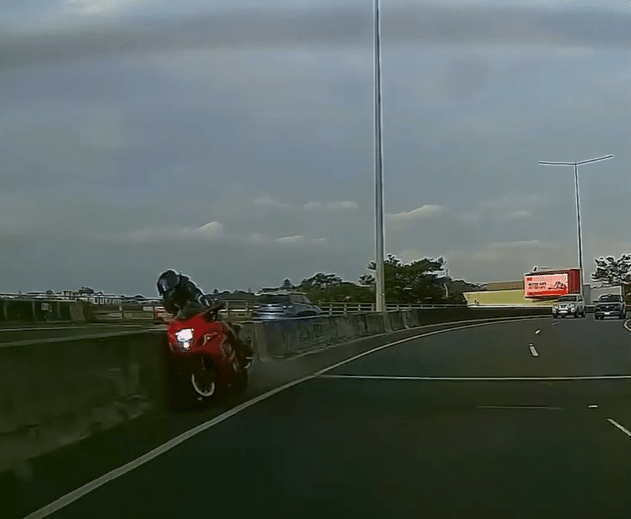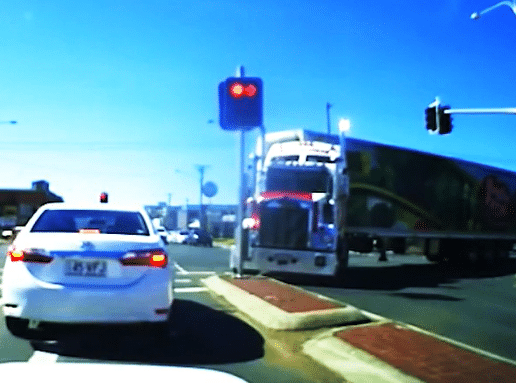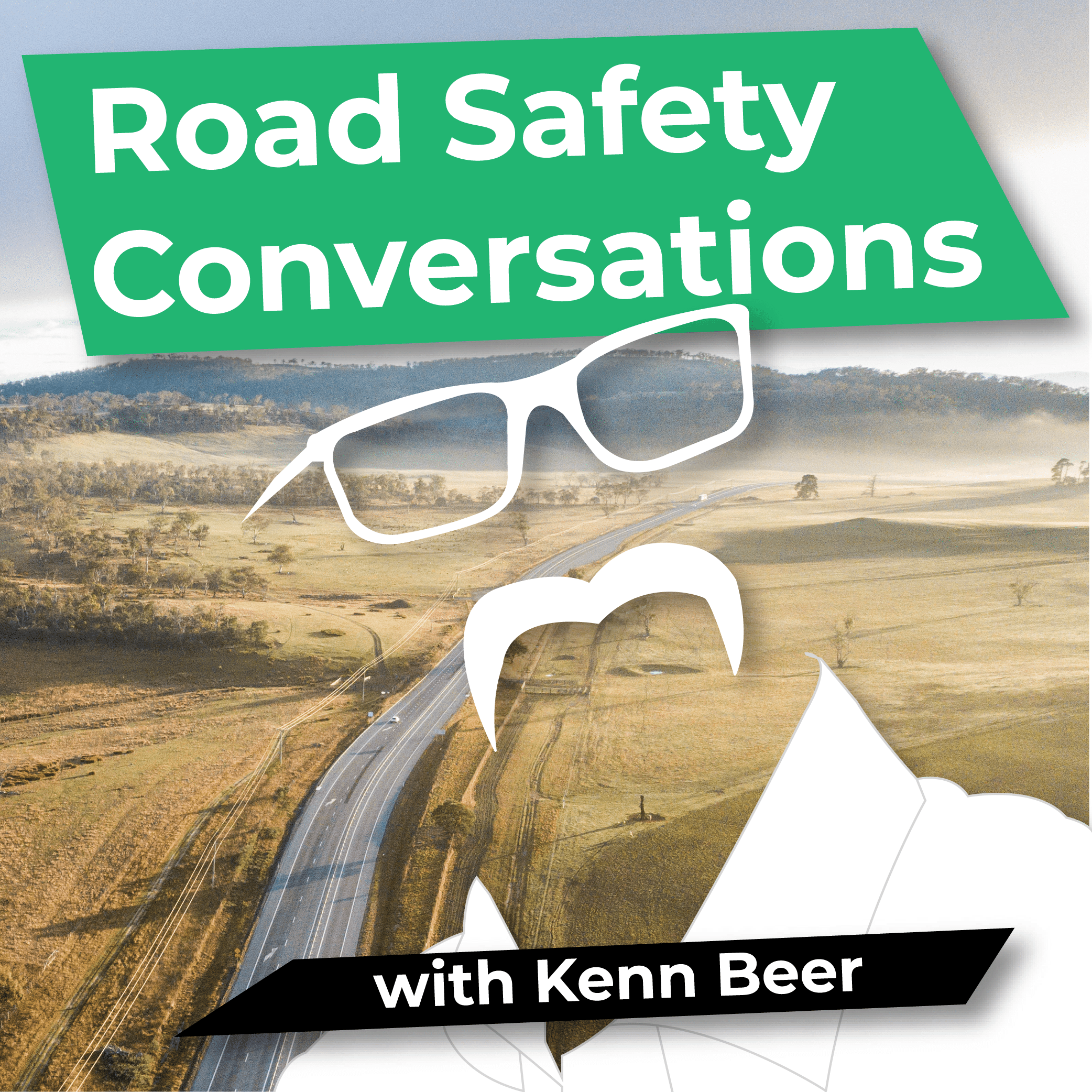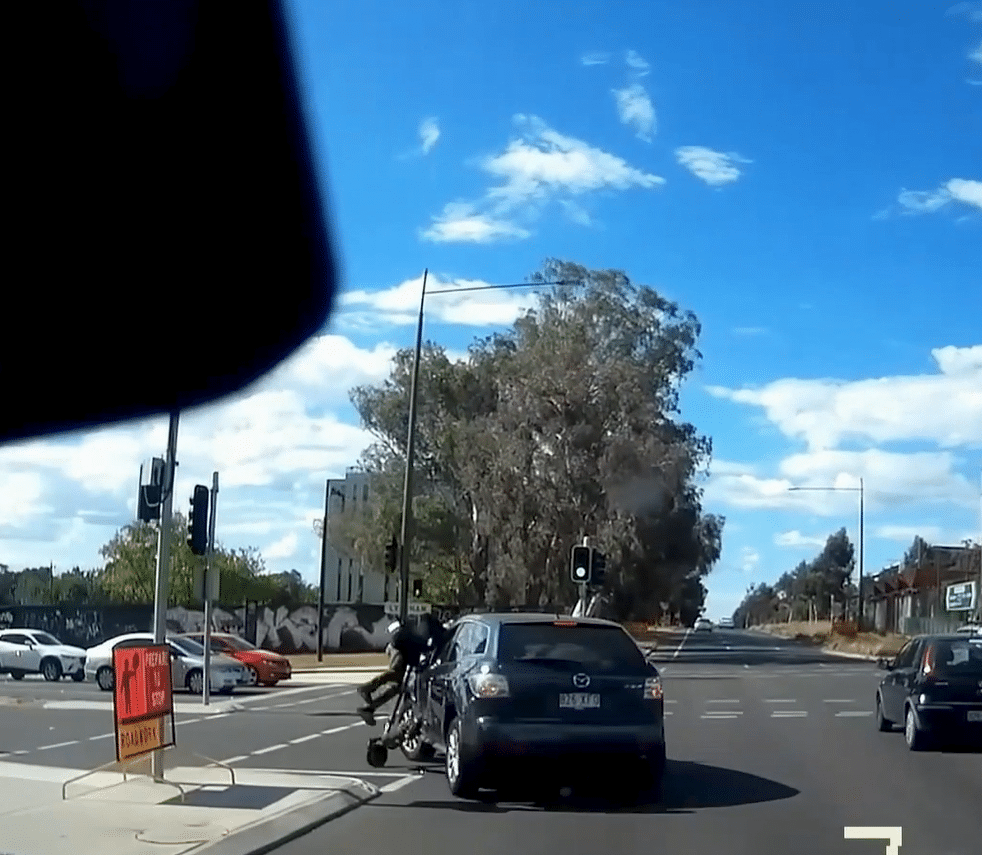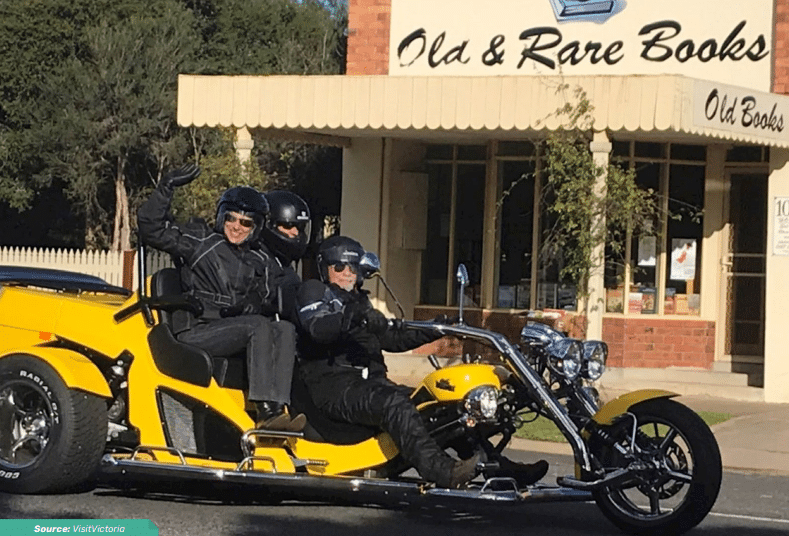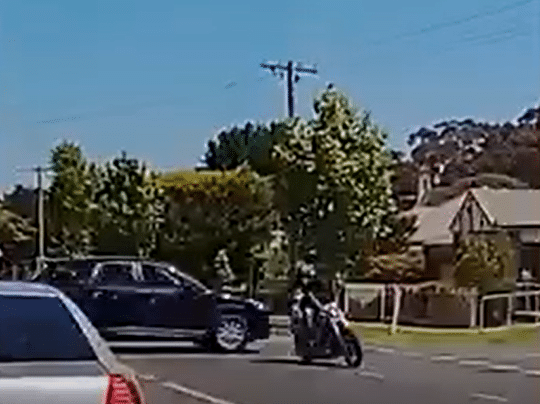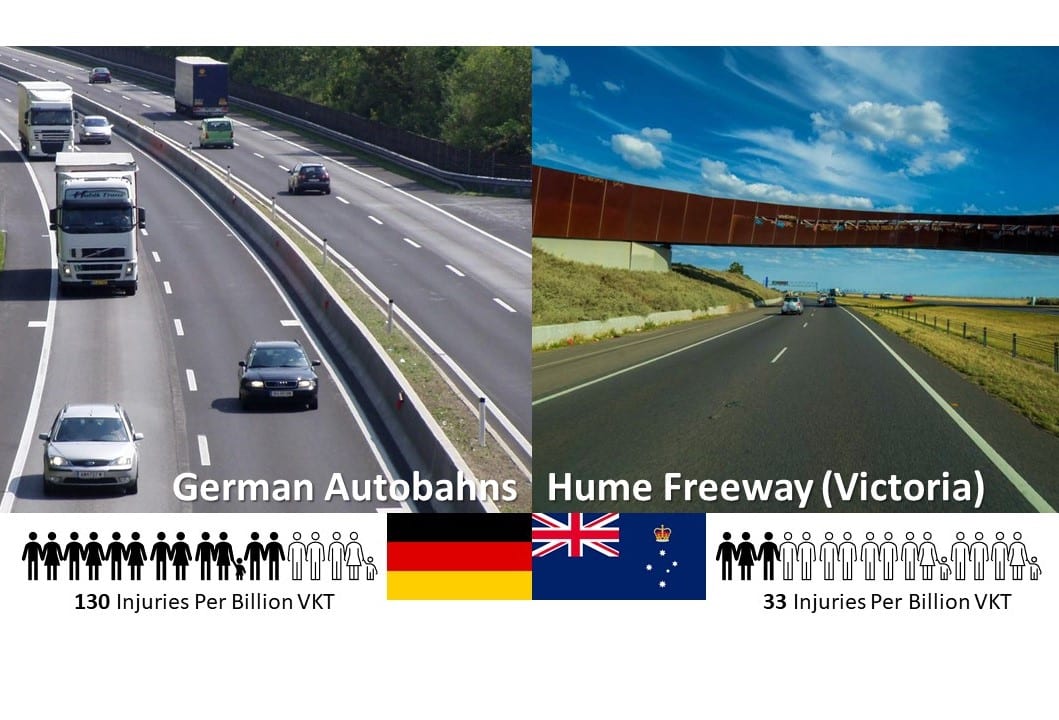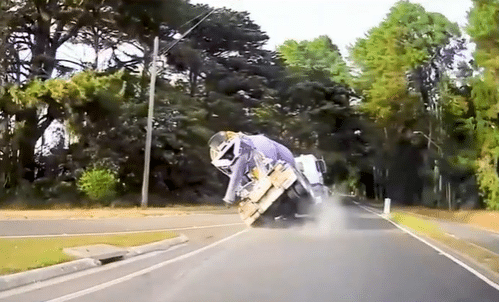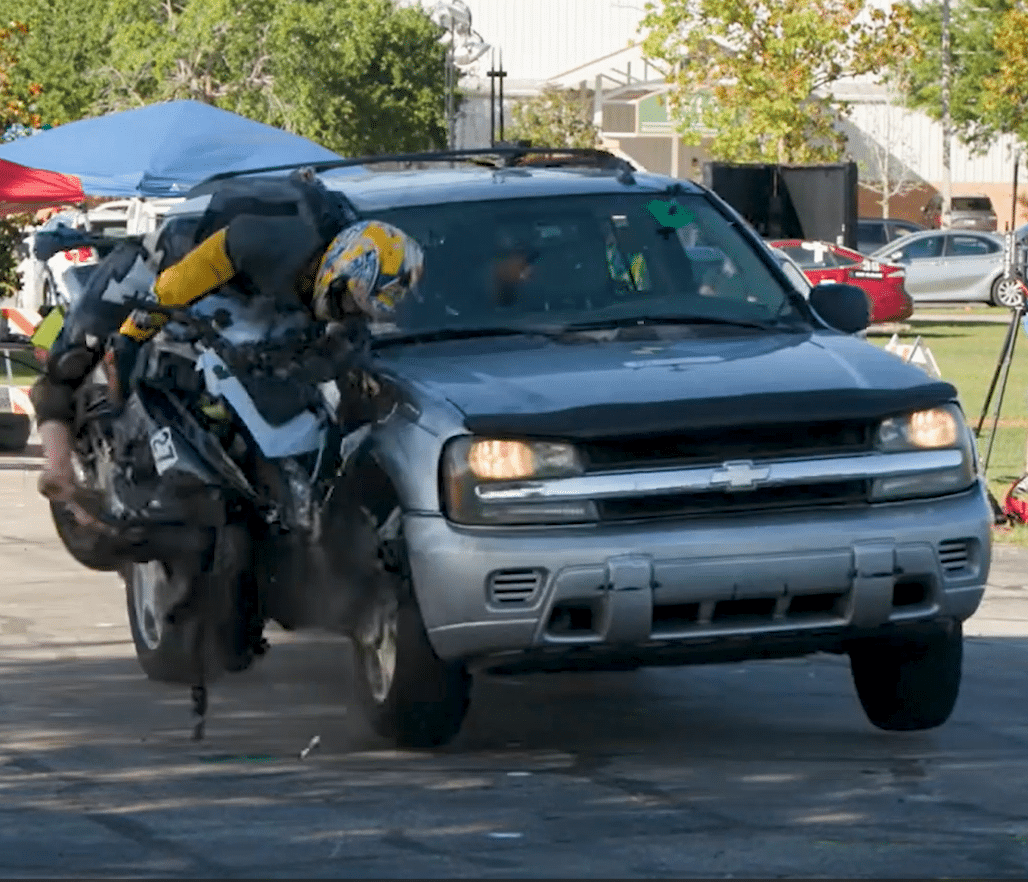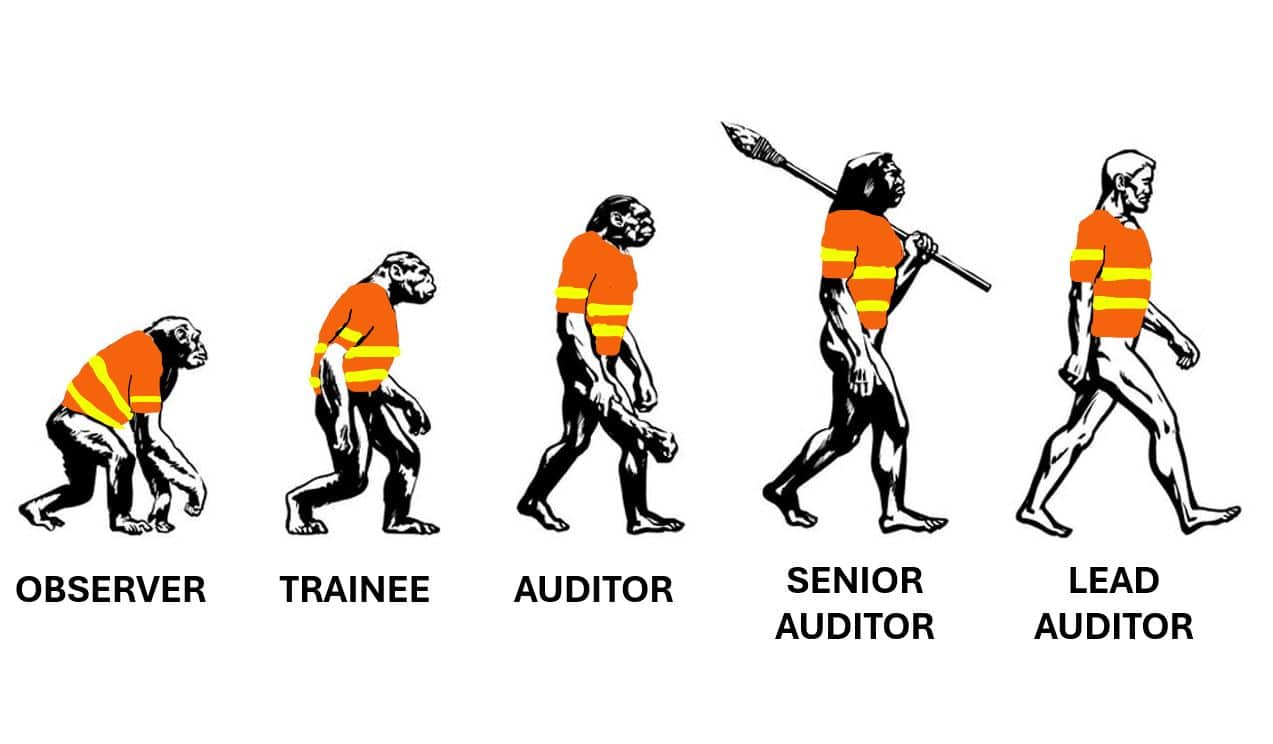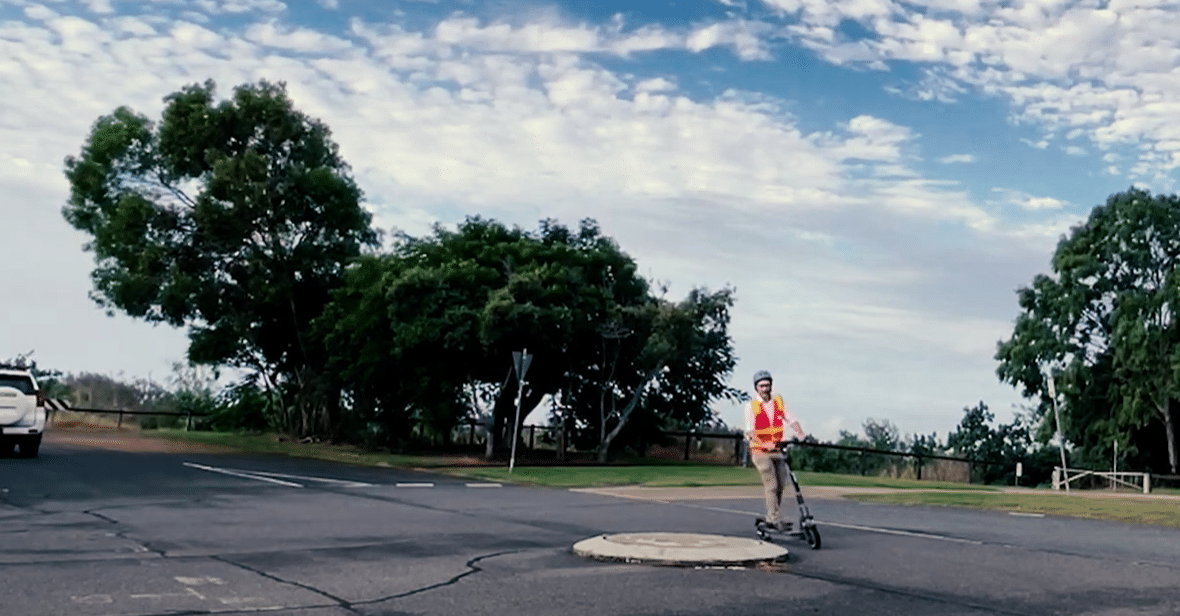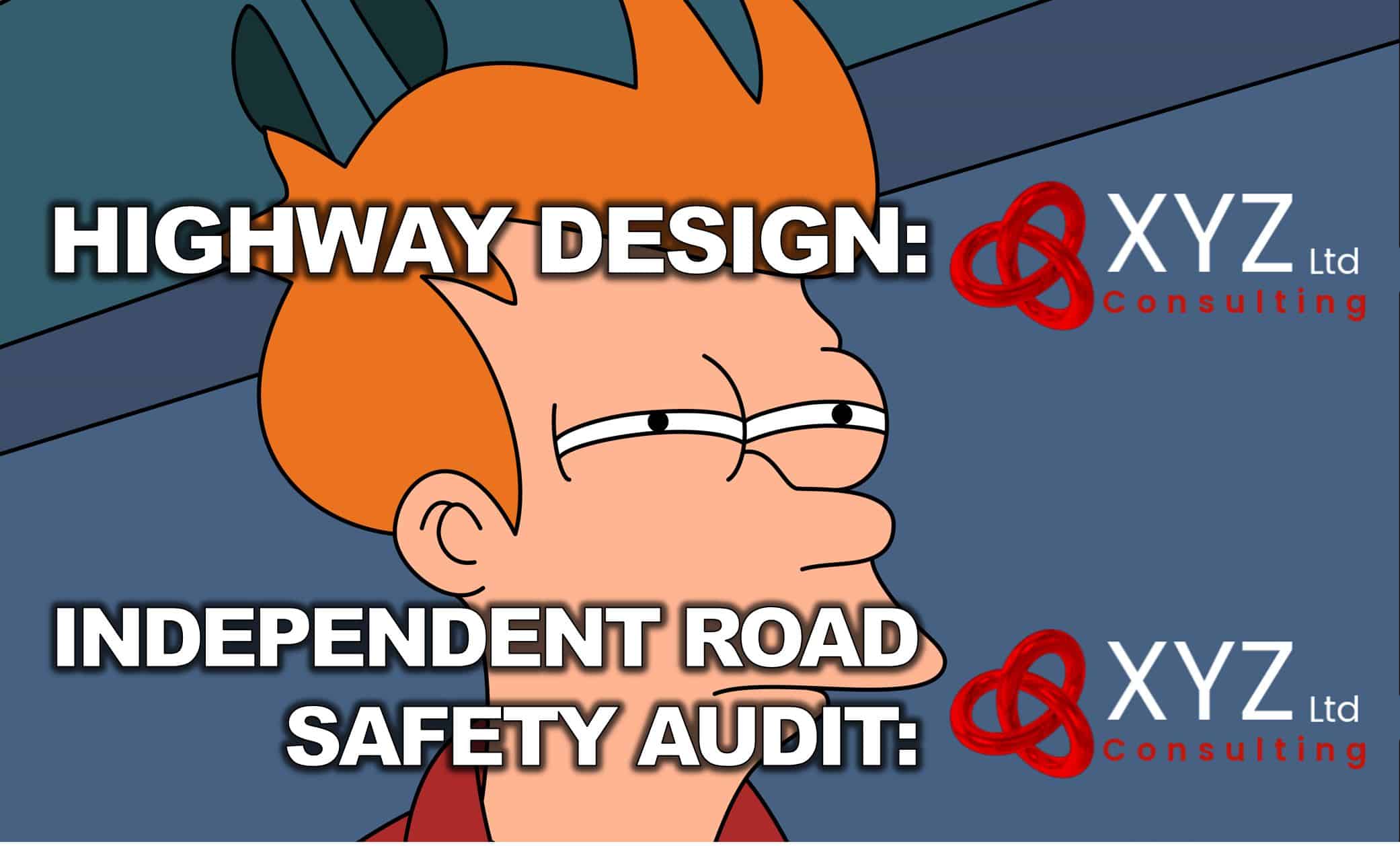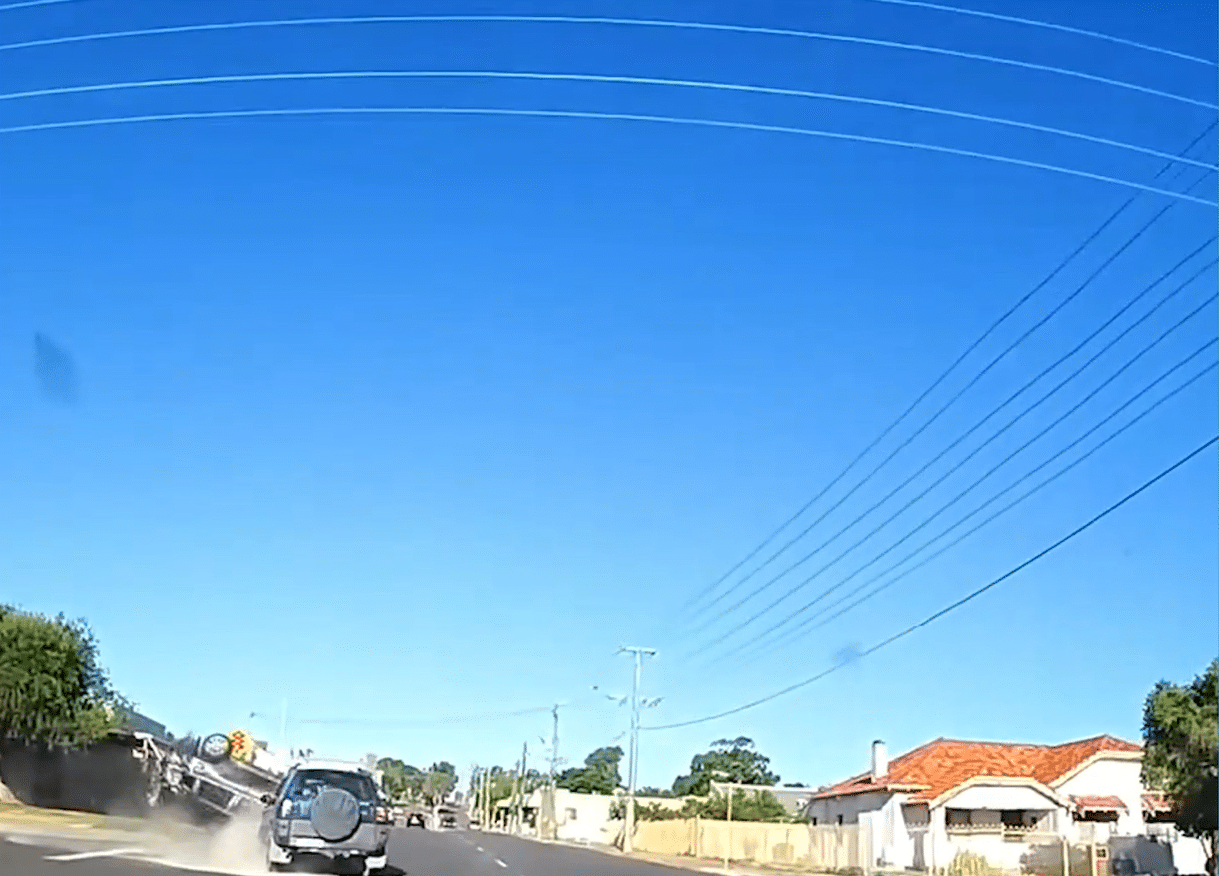Latest News
Safe System Snippet 356: Hay, stop that!
Larger vehicles exhibit significant track shift, a phenomenon where the rear axle trajectory diverges from the front axle path due to their axle spacing. This spacing, measured from the centre of the rear trailer axle to the centre of the lead axle, directly...
Safe System Snippet 355: Motorcyclists in the bus lane – does it increase or decrease risk?
There are still many unanswered questions around the safety of motorcyclists using bus lanes. Recent trials/studies from the UK and Tel Aviv help to paint the picture, yet there are still inconclusive results. The safety question these trials are trying to determine...
Safe System Snippet 354: Rear-end crashes
Converting Auxiliary Right Turn (AUR) lanes to Channelised Right Turn Lanes (CHRs) is expected to reduce rear-end crashes by 30% (TMR Road Safety Policy Fact Sheet). This is because the vehicle propped to turn right has their own dedicated road space. ------------- ...
Safe System Snippet 353: Barrier Systems
The facts: motorcyclists crashing into barrier systems represent 1.4% of all fatal crashes in Australia and New Zealand. What type of barriers are in these 1.4% of fatal crashes? W-beam (72.7% of the 1.4%) Concrete (10.4% of the 1.4%) as per the above video Wire rope...
Safe System Snippet 352: Design vehicle and checking vehicle
Road/street designers use a ‘design vehicle’ to set characteristics of the road or intersection. However, designing for comfortable use by the occasional large truck often results in overly wide roads or high-speed turns by cars, and opportunities are lost to create...
New podcast: Road Safety Conversations
Our Principal Engineer Kenn Beer is hosting a new podcast series in the lead-up to the 2024 Australasian Road Safety Conference. Episode one with Dr Ian Johnston is out now: https://australasianroadsafetyconference.com.au/podcasts/
Safe System Snippet 351: Curves and Crashes: Understanding Road Factors
Safe System Snippet- Curves and Crashes: Understanding Road Factors Vehicles crash to both the inside and outside of curves. The crashes to the inside of a curve usually involves an overcorrection and associated yawing. There are a series of road and roadside factors...
Safe System Snippet 350: Not all roundabouts are round
There are a variety of roundabout designs that deviate from the traditional circular roundabout. These include (but not limited to): Teardrop/raindrop Dog bone Dumbbell Tennis Ball Peanut Turbo Squarcle Cut through Hamburger Each of these can be used in unique...
Safe System Snippet 349: Police Vehicle Crashes
A MUARC study from NSW shows that 55.2% of emergency vehicle collisions involve police cars, compared to 10.9% for ambulances and 4.8% for fire brigade vehicles. Police duties often involve unpredictable high-speed manoeuvres, placing drivers at unique risk....
Safe System Snippet 348: Do we have a e-scooter roadmap?
The emergence of e-scooters presents both opportunities and challenges regarding their safe and harmonious integration with the existing transportation system. Traditional modes (walking, cycling, motorcycling and driving) have seen over a century of legislative,...
Safe System Snippet 347: Moto Trikes
We’ve done various Austroads and jurisdictional projects relating to trike safety and trike incident investigations. Licensing, training and assessment of trike riders can be ambiguous. We’ve assembled some key points and prompting questions in the linked fact sheet...
Safe System Snippet 346: Motorcycle Visibility
The inherent vulnerability of motorcycles is heightened by their reduced visibility. Motorcycles' slender profile, susceptibility to environmental factors, and potential masking by other vehicles present challenges for other motorists seeing riders. Research conducted...
Safe System Snippet 345: Autobahns are NOT safe
The German Autobahns have an average crash rate of 130 injuries per billion vehicle kilometers travelled (VKT). The Hume Freeway has a crash rate of 33 injures per billion VKT. Check out more details in a fact sheet we produced: Speed Limit Myths Fact Sheets...
Safe System Snippet 344: Understanding the Impact of Crossfall on Truck Stability During Turns
Trucks are more likely to roll than skid when travelling too quickly through a curve/corner (unlike cars). That’s why changes in superelevation (i.e. crossfall) within an intersection can have big impacts on vehicle stability. In general, the crossfall adopted for...
Safe System Snippet 343: Pelvic injuries for motorcyclists
15% of injuries for motorcyclists are pelvic injuries according to research from Transurban Road Safety Centre at NeuRA. They simulated a variety of fuel tank designs and sitting positions and found that fuel tanks with a lower angle or more gradual rise from the...
Recipe for a successful road safety trip to Ontario, Canada
Article from our Principal Engineer, Kenn Beer Start with 3 x AussiesRun 2 x Road Safety Audit courses Create 31 x new Road Safety AuditorsEat 500 x TimbitsDeliver 4 x conference presentationsComplete 1 x Road Safety AuditRegret 4 x tattoos (they “should” wash off...
Evolution of a Road Safety Auditor
Article from our Principal Engineer, Kenn Beer There is a lot of discussion in our industry about the capability of Road Safety Auditors. We often hear statements like ‘the bar is too low’ or ‘you have to have at least 10 years experience to be an Auditor’ or ‘they’re...
The World’s Smallest Roundabout
Article from our Principal Engineer, Kenn Beer Roundabout, mini-roundabout, compact roundabout, traffic circle, rotunda, rotary… what’s the difference and why? I was in Mackay, Queensland, this week running a Safe System Assessment course, and saw on Google Maps the...
Should Road Safety Audits be carried out by the company who designed them? Let’s discuss
Article from our Principal Engineer, Kenn Beer I’m seeing a lot of Road Safety Audits (RSAs) done by the same company that did the design. This risks the integrity of the RSA and the RSA practice overall. One of the fundamental principles of RSAs is 𝗶𝗻𝗱𝗲𝗽𝗲𝗻𝗱𝗲𝗻𝗰𝗲....
Safe System Snippet 342: Visual Deceit – the see-through effect at crossroads
The intersection geometry at crossroads can create a visual phenomenon known as the "see-through effect." This occurs when drivers or riders misinterpret the road layout, failing to recognise the need to stop or give way due to the straight alignment of intersecting...

